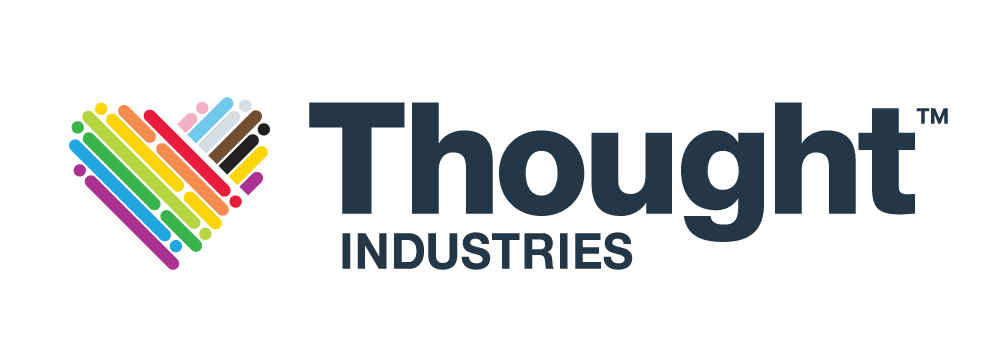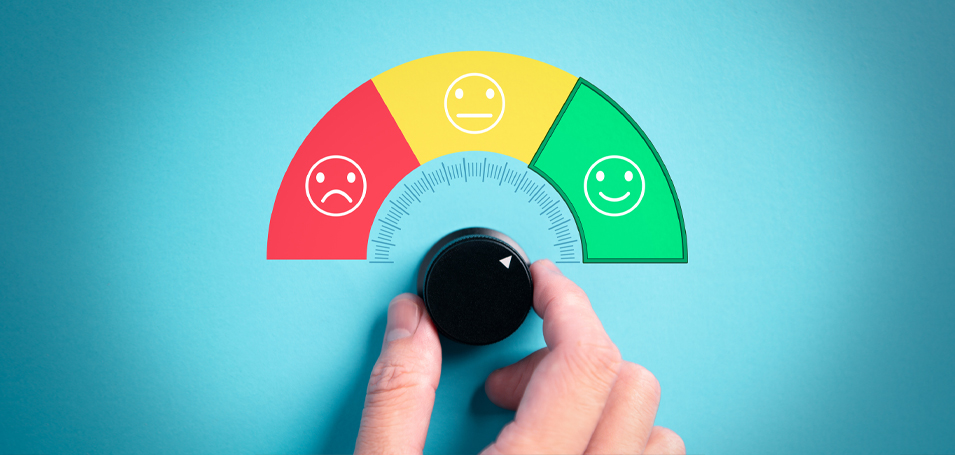Organizations that are authentically focused on the success of their customers are also the ones that will succeed themselves. This is especially true in the technology segment, where competition seems to abound for any given flavor of product or service. Before customers bother to invest in software, they want to make sure they’re choosing a technology provider worth partnering with in the long-term (even if that term lasts just a year).
How are choices made? The customer experience plays an ever-bigger role. As Walker Information reports, nearly nine in 10 buyers (86 percent) “are willing to pay more for a better customer experience.” In fact, by 2020, this customer consultancy asserts, “customer experience will overtake price and product as the key brand differentiator.”
One way to set yourself apart from the competition is in how you handle customer education. Leaders view customer learning as a lifecycle that starts a lot earlier and continues longer than you might think. Here we lay out the basics of the first stage in the customer education lifecycle—pre-sale—and provide practical techniques for gaining traction among your prospects, including one secret ingredient that will set your company apart from the competition.
Attracting the Right Attention
In 2006 a marketing company surveyed 200,000 consumers who had participated in online education programs during the previous year. What they found probably won’t surprise anybody: Individuals who participate in sponsored educational programs tend to view the sponsoring brand “favorably.” And they’re “very likely” to buy the branded products after their training.
What astonished the researchers was this: Compared to the impact that traditional advertising had on the behavior of these consumers, people who fnished their training were 29 times more likely to buy the sponsor’s products. Educational programs turned out to be a far better marketing investment for companies than other kinds of outreach mechanisms.
The question is how to translate education into scalable practices that will help you attract prospect attention and help them understand the value of your product. The goal: to get them to that “Wow! moment,” as venture capitalist David Skok calls it—that recognition of the benefits they’ll enjoy if they use your product.
Many software companies use freemiums and trial periods to allow a prospect to test software. And numerous marketing experts have debated every aspect of these: how long the trial should last, how much functionality the freemium should include, whether to require credit card information upfront, what a reasonable conversion rate should look like, whether to force users through complex processes (such as loading data) before they get to the good stuff.
The challenge is that complex products won’t deploy or configure themselves, and prospects may not be willing or interested in having your consultants or sales engineers come into their operations to load a program onto their systems.
Besides, in the sales process, it’s one thing to say, “Here’s our product, here’s an important feature, and here’s how it works.” It’s very different to be able to help your prospect understand what the value of that particular feature is. A more important consideration than free trials and sales pitches is what kind of educational experiences you can provide upfront, whether or not the prospect has your service or program loaded and ready to run.
According to Thought Industries CEO Barry Kelly, a particularly effective practice is to create short form, on-demand learning content—think video, in particular—that provides quick walkthroughs of features leading to an outcome the prospect will value. “People don’t have a lot of time,” he says. “You want to walk them through a couple of steps, give them some information, a couple of ways to interact with the product. Those can be offered simply and easily.”
The more complex the product, the deeper that educational experience will have to go. You may need to produce a whole series of videos—along with training webinars, virtual instructor-led sessions, case studies and whitepapers—with the idea that you’re leading the prospect toward a better understanding of your program, fostering engagement, establishing authority in the market, and encouraging trust.
The Secret Ingredient: Data
Currently, here’s what many companies do: Somebody comes to the website to view a prerecorded webinar or a whitepaper. He or she has to register and provide a bit of contact information to gain access. Almost immediately, an automated email will be generated and sent to the prospect as if it had just been thoughtfully composed by a salesperson, offering any kind of assistance required. Or a salesperson might call and leave voicemail with the same offer. Frequently, these responses come even before the prospect has had a chance to watch the webinar or read the whitepaper. It’s not the best timing—and probably not the best way to determine level of lead interest.
What’s a better approach? A well-designed customer learning program will help you reach out at the most effective points in that prospect’s experience with your technology. For example, if the person watches a short, introductory video all the way through to the end, the learning management system captures that data and can send a message suggesting a follow-up video with a slightly deeper or diferent exploration. If the viewer gets stuck at a particular point, the system could recognize that and ofer immediate chat-based help or give a prompt linking to explanatory content.
For people who work through a set of training sessions, the system might reward them with a digital badge, a discount or a free consulting hour.
You can use the data you collect through the training experience to get a better understanding of the motivations of the prospect, identify knowledge gaps and provide a feedback loop to track where they are in the engagement process and guide them or coax them along in their journey. The goal: to tap into the endorphins that fire off when they buy your product for the first time.
Educational Programs During Pre-sale
What kinds of educational content work in the acquisition process? You can’t approach customers with a monolithic approach. They’re all going to be in a different part of the lifecycle, have a different set of outcomes they care about and possess varying levels of product understanding.
The answer is to try a variety of content and see what works. Thought Industries’ Barry Kelly has seen success with these:
- Curated short-form, on-demand learning content, including online courses and curated learning experiences;
- Product guides and introductory learning information to provide overviews and dive into the benefits of specific features;
- Use of customer advocates and product experts, as references, to cultivate thought leaders and develop content for the knowledge base;
- Scheduled webinars, including expert presentations and synchronous live learning events to share advice and answer questions; and
- Scheduled weekly email guides, tips and custom learning content.
These forms of content are especially valued by prospects if the focus is on helping them gain skills and knowledge for doing their jobs better—with or without your product. As the old advertising adage goes, tell me about my lawn, not your grass seed.




